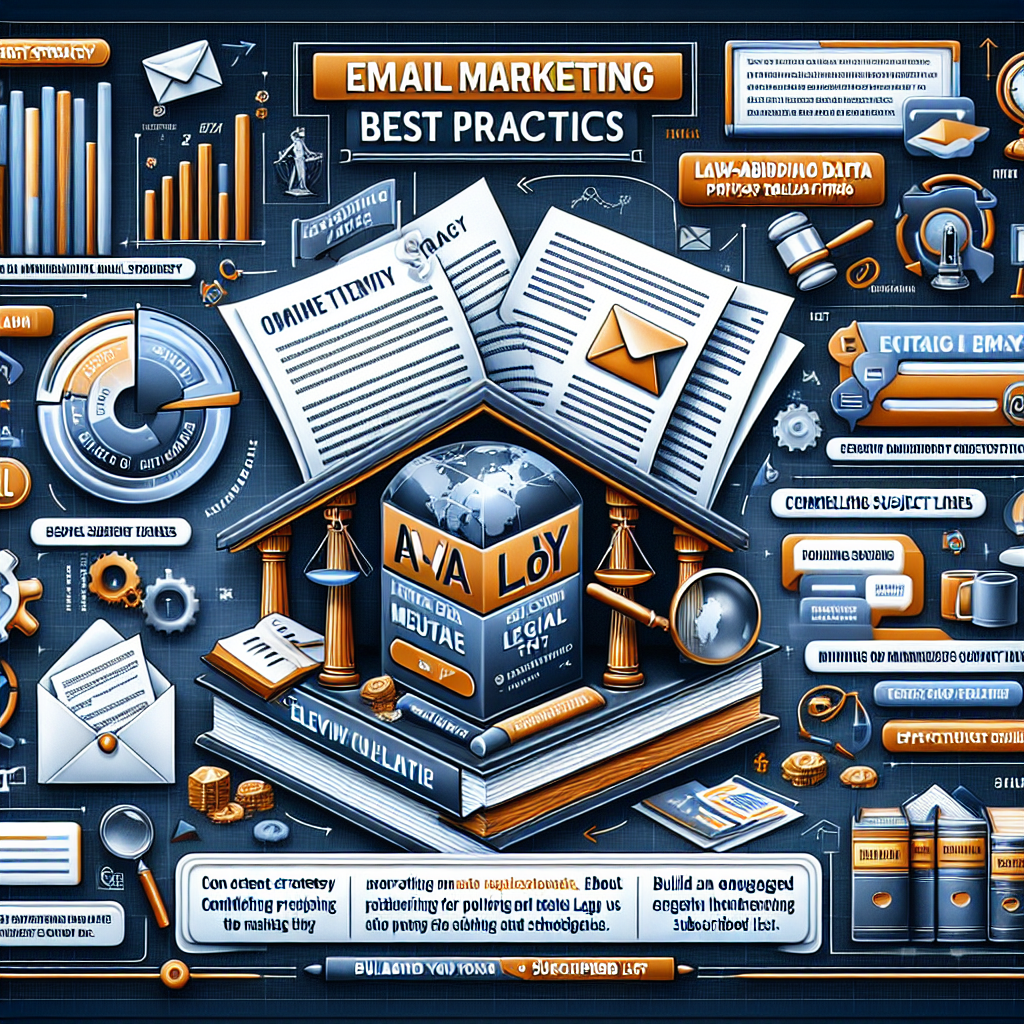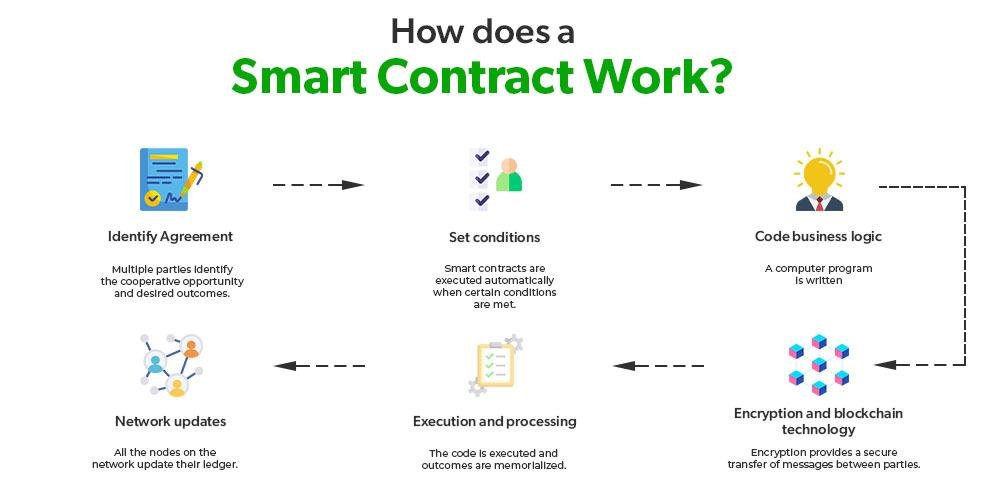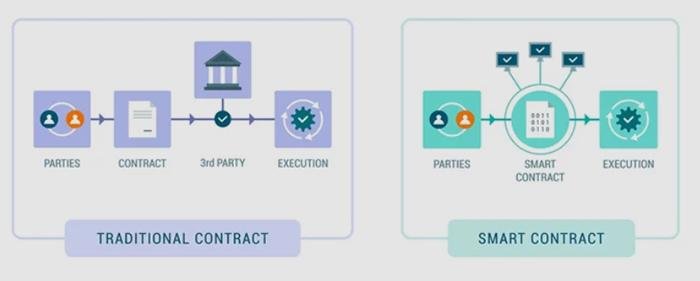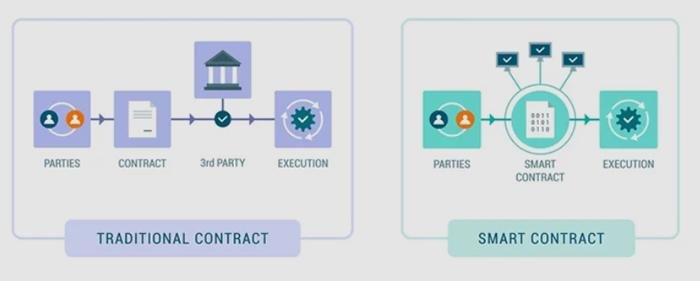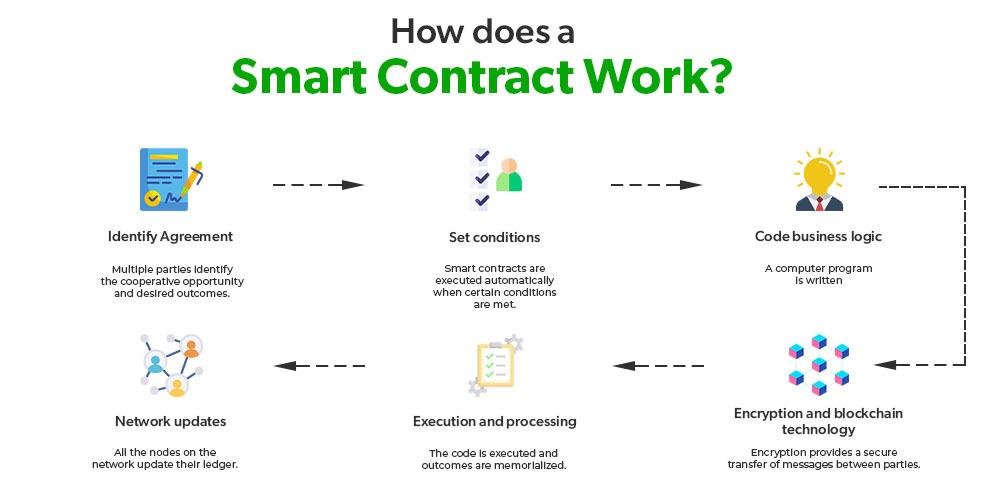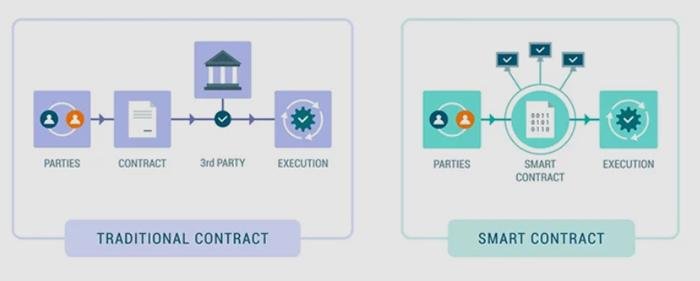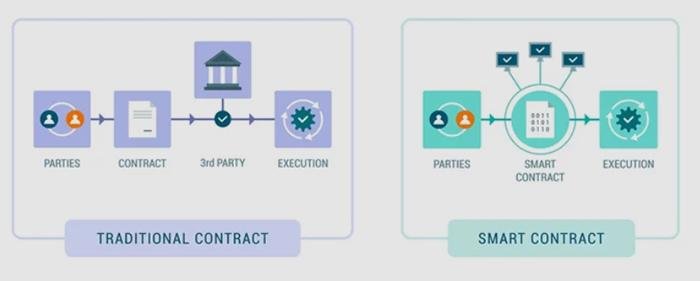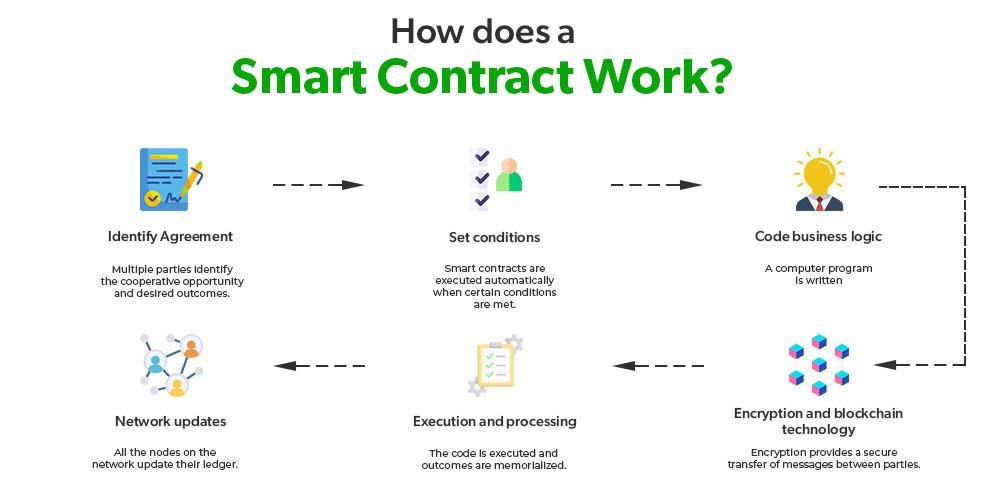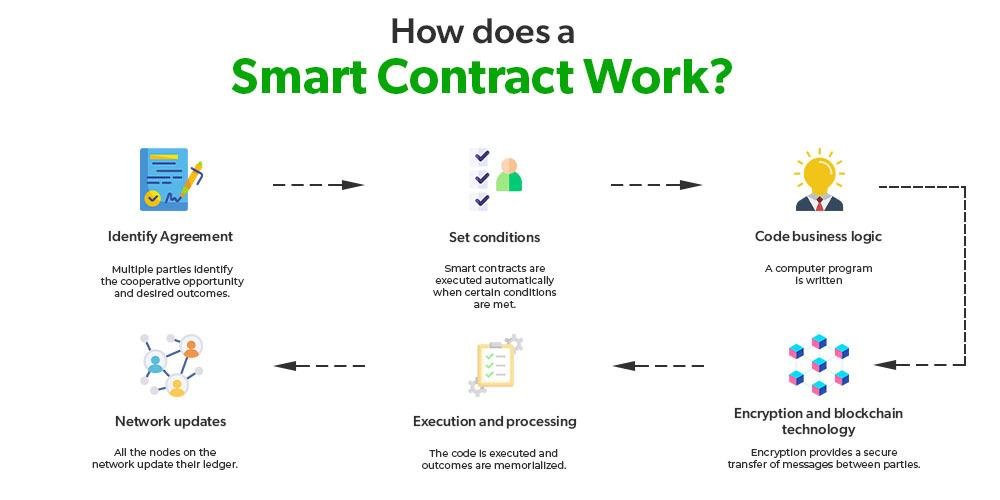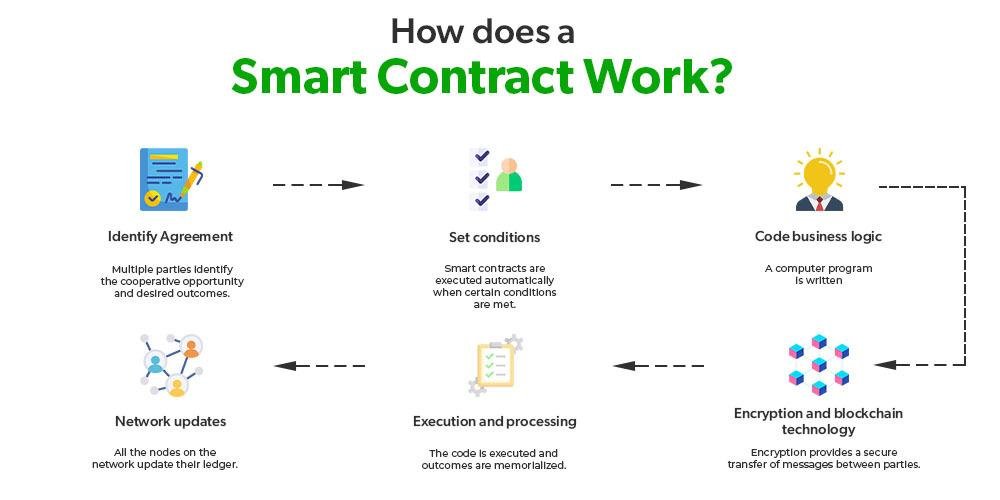The Role of Data Visualization in Legal Analytics
The Role of Data Visualization in Legal Analytics
In today’s digital age, the legal industry is undergoing a significant transformation, driven by data-driven insights and technology. One of the most powerful tools at the disposal of legal professionals is data visualization. This article explores the crucial role that data visualization plays in legal analytics and how it enhances decision-making processes, improves client outcomes, and streamlines legal operations.
Understanding Data Visualization in Legal Analytics
Data visualization refers to the graphical representation of data and information. By using visual elements like charts, graphs, and maps, data visualization tools provide an accessible way to understand trends, patterns, and insights within complex datasets. In the context of legal analytics, data visualization helps lawyers, paralegals, and legal researchers to interpret large volumes of data effectively, enabling them to make informed decisions.
The Importance of Data Visualization in Legal Analytics
1. Simplifying Complex Data
Legal professionals often work with vast amounts of data, including case law, statutes, contracts, and more. Data visualization simplifies complex datasets, allowing legal teams to quickly identify patterns and correlations. For example, visualizing case outcomes can reveal trends in judicial decisions, helping attorneys develop more effective legal strategies.
2. Enhancing Legal Research
Data visualization tools are invaluable for legal research. By converting textual data into visual formats, researchers can identify relevant cases, statutes, and legal principles more efficiently. This not only saves time but also ensures that legal professionals have a comprehensive understanding of the legal landscape.
3. Improving Client Communication
Effective communication with clients is essential in the legal profession. Data visualization allows lawyers to present complex legal information in a clear and concise manner. Visual aids such as infographics and charts make it easier for clients to grasp the intricacies of their cases, leading to improved client satisfaction and trust.
4. Streamlining Litigation Processes
Litigation is often a lengthy and costly process. Data visualization tools can streamline this process by providing insights into case timelines, resource allocation, and potential outcomes. Lawyers can use this information to optimize their litigation strategies, reduce costs, and achieve more favorable results for their clients.
Key Data Visualization Tools in Legal Analytics
Several data visualization tools have gained prominence in the legal industry. These tools offer a range of features designed to enhance legal analytics:
-
Tableau: A versatile data visualization tool that allows legal professionals to create interactive and shareable dashboards. Tableau is ideal for analyzing large datasets and presenting findings in a visually appealing format.
-
Power BI: Microsoft’s Power BI provides robust data visualization capabilities, making it a popular choice for law firms. It integrates seamlessly with other Microsoft Office applications, enhancing workflow efficiency.
-
QlikView: Known for its associative data model, QlikView enables legal professionals to explore data in depth and uncover hidden relationships. Its intuitive interface makes it accessible for users with varying levels of technical expertise.
The Future of Data Visualization in Legal Analytics
As technology continues to evolve, data visualization will play an increasingly vital role in legal analytics. The integration of artificial intelligence and machine learning with data visualization tools will provide even deeper insights, allowing legal professionals to predict case outcomes and assess risks with greater accuracy.
Furthermore, as legal analytics become more sophisticated, data visualization will be essential for ensuring compliance with regulatory requirements and managing legal risks effectively. Law firms that embrace data visualization technologies will be better positioned to stay competitive in a rapidly changing legal landscape.
Conclusion
In conclusion, data visualization is a transformative force in the field of legal analytics. By simplifying complex data, enhancing legal research, improving client communication, and streamlining litigation processes, data visualization empowers legal professionals to make informed decisions and achieve better outcomes for their clients. As the legal industry continues to embrace data-driven approaches, the role of data visualization will only grow in importance, shaping the future of legal practice.
By adhering to SEO guidelines and focusing on relevant keywords such as "data visualization in legal analytics," "legal research tools," and "enhancing client communication," this article aims to provide valuable insights and rank effectively in search engine results.

































